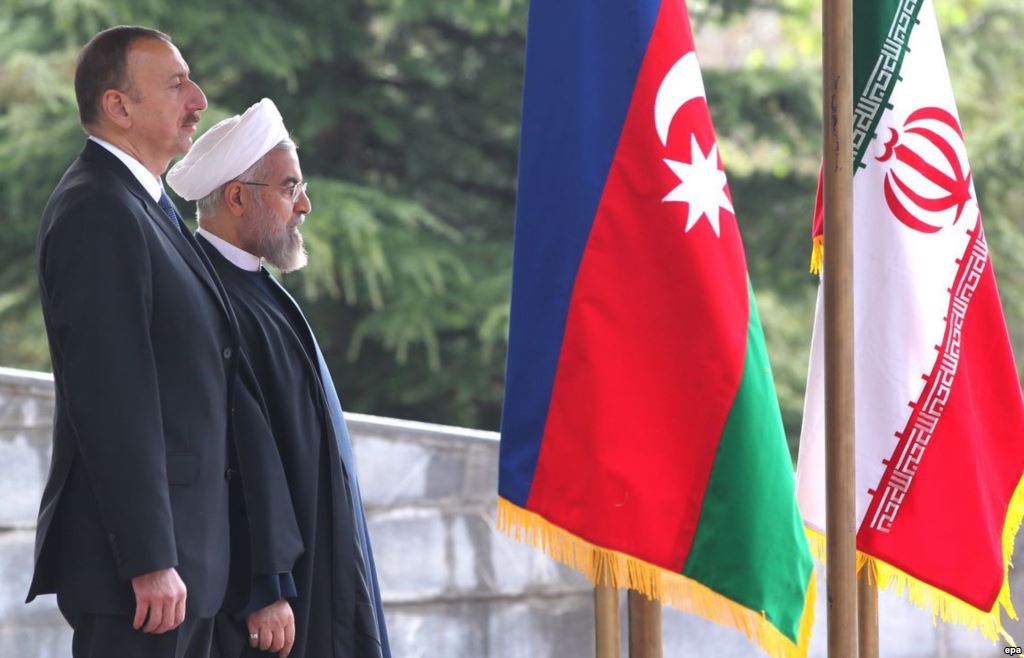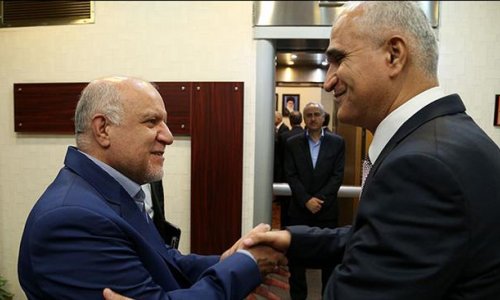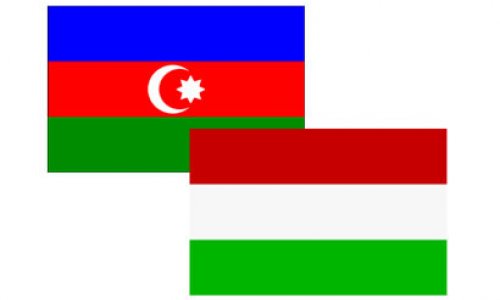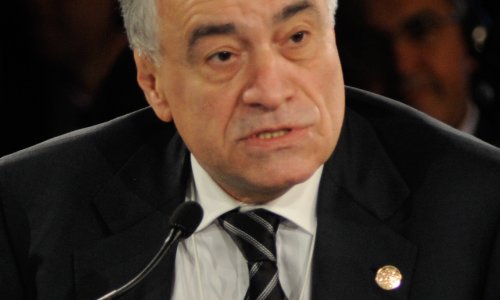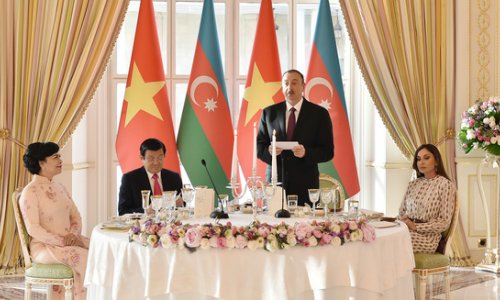To many, the nuclear deal with Iran spells security. But to Azerbaijan, Iran's northern neighbor, it also spells a business opportunity.
Already, the energy-rich South Caucasus state is positioning itself to export not only its own natural gas to Europe, but Iran’s as well. And though international sanctions still remain in place, Tehran sounds willing to consider the idea.
"Iran is interested in projects like TAP or TANAP," Iranian Ambassador to Baku Mohsun Pakayin said on July 15, referring to the Trans-Adriatic Pipeline and Trans-Anatolian Natural Gas Pipeline, respectively the last and middle legs in the Azerbaijan-to-Europe gas-supply route. The first leg, the existing South Caucasus Pipeline, goes from Azerbaijan to Turkey via Georgia. And this is where Iran could join in, the thinking goes.
The Azerbaijani and Iranian governments, according to Iranian Ambassador Pakayin, are getting ready to start bargaining over joint supply options.
The prospect opens some potentially interesting scenarios in the region’s high-stakes energy-chess game; particularly for Russia, the world’s largest gas producer, on which Europe depends.
Iran boasts about 18 percent of the world’s natural gas supplies, according to Fitch Ratings.
And Azerbaijan, which had pitched the pipeline partnership to Tehran even before the nuclear deal, is ever eager to help Iran get that gas to the world. After all, it’s got its own energy ambitions in the EU, too.
Trend news service, usually an outlet for the Azerbaijani government's ideas, is now aggressively pushing the Azerbaijani gas supply line as "the only route" for getting Iranian gas to Europe.
"The most convenient and acceptable route for delivering this country’s [Iran] gas to Europe is through Turkey. However, currently, Turkey has no transit pipelines, except for TANAP which is a part of the Southern Gas Corridor," one analyst wrote on July 15.
TANAP will be ready to boost its capacity to 31 billion cubic meters per year by the time that Iran "increases gas production and becomes ready to export it to European markets . . .” the article continues.
But when exactly Iran will reach that capacity is up for speculation.
Iran’s domestic gas needs run strong. Fitch predicts that it could take five years for Iran to become a major exporter.
"Notably” boosting its gas production would take "at least three years,” one London analyst told Bloomberg.
Europe has not announced plans to sit down with Tehran to talk gas via TANAP or TAP, but Iran already has started touting its plans for a Europe-bound pipeline from South Pars, ranked as the world’s largest gas field.
Russia, no doubt, will not skip with delight at any such breakthrough.
But even should its pipeline dreams fall through, Baku has some other cards it'd like to play. It eagerly emphasizes that it’s not just thinking energy for Iran.
It’s got cargo-transportation in mind, too.
After all, noted the ever optimistic Trend, the Baku-Tbilisi-Kars railway to Europe is scheduled for completion this year.
(Eurasianet)
www.ann.az
Follow us !

